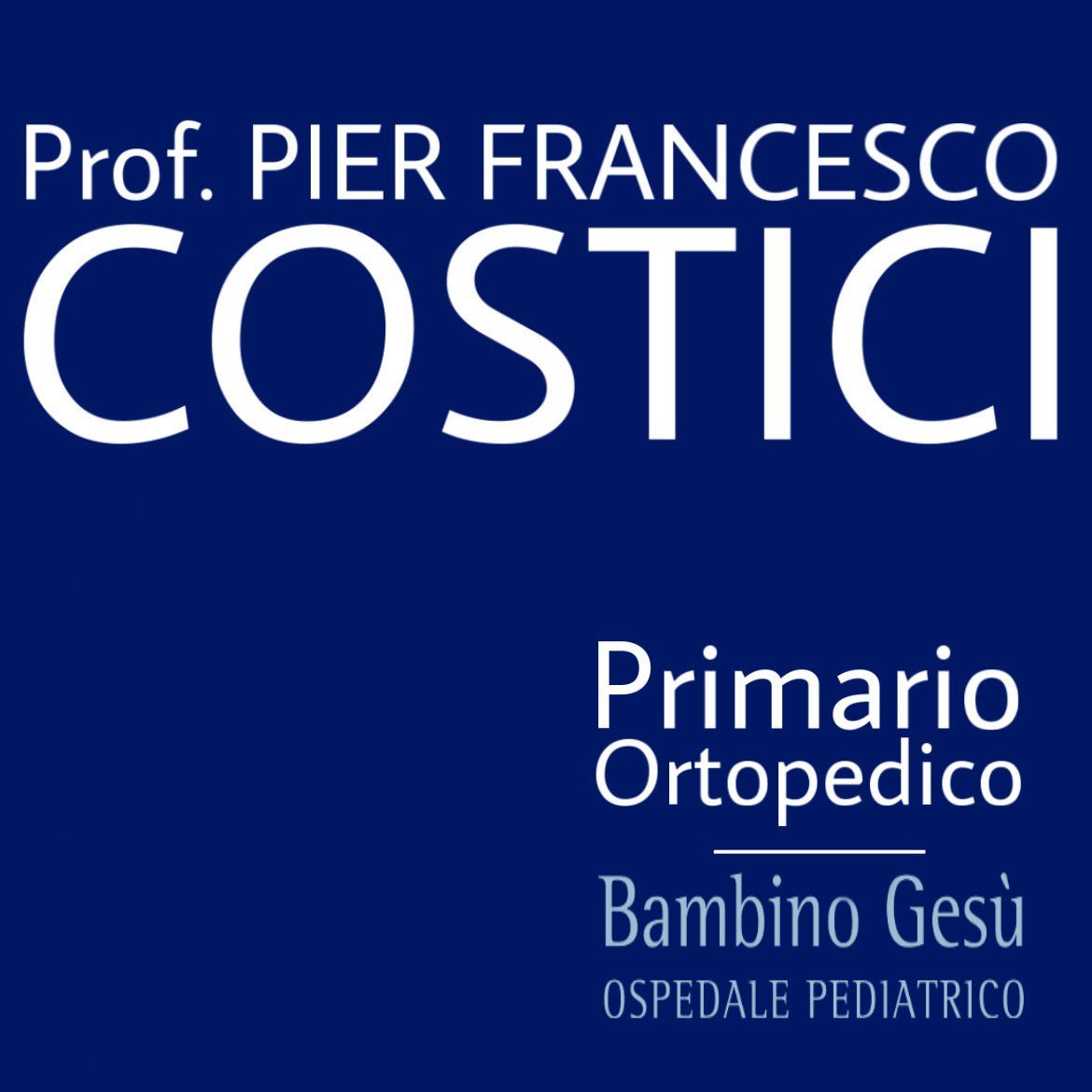Chondromyxoid fibroma
WHAT IS IT?
Condromyxoid fibroma (CMF) is an extremely rare benign bone tumor, constituting approximately 1% of bone tumors. It originates from the bone's cartilage. The typical location is the metaphysis of long bones (60%), which connects the end or epiphysis to the central part or diaphysis. Common sites include the tibia near the knee (25%), small bones of the foot, femur, and pelvis. Rarely, it may involve the skull. Condromyxoid fibroma usually manifests in the second and third decades of life, with about 75% of cases occurring before the age of 30, although instances in older individuals have been described. There's a slight male predominance. CMF is a benign tumor; it is not cancerous, and its cells do not metastasize to other parts of the body. However, they can invade surrounding tissues, causing pain and other symptoms.
CAUSES AND SYMPTOMS
The cause is unknown, although recent studies have associated this neoplasm with specific genetic alterations that appear predisposing. Symptoms are generally scarce and appear late. Joint involvement is almost nonexistent. Patients typically experience progressive and often persistent pain, sometimes accompanied by swelling and reduced mobility in the affected area (more noticeable when small bones of the hands or feet are involved). Fractures are possible as the tumor erodes the bone cortex.
DIAGNOSIS
Diagnosis is relatively straightforward when condromyxoid fibroma affects long bones. On standard X-rays, it appears as a completely destroyed, rounded, or oval-shaped area of bone, usually located at the bone's periphery and delimited by a thickened border. Trabeculae and small calcified areas may be visible within the area. Further tests like magnetic resonance imaging (MRI), computed tomography (CT), and scintigraphy help characterize the lesion but are not entirely conclusive for diagnosis. In other locations, reaching a diagnosis requires a bone biopsy (sampling of a bone fragment) with subsequent microscopic examination (histological examination) of the samples. Microscopic observation reveals a variable combination of cartilaginous cells, alteration of connective tissue acquiring a gelatinous consistency, and fibrous areas. These are benign lesions, and malignant degeneration is exceptionally rare. However, due to symptoms and similarities to more dangerous conditions like chondrosarcoma, condromyxoid fibroma necessitates a biopsy since the definitive diagnosis is histological, based on microscopic observation
TREATMENT
Treatment typically involves surgery, specifically thorough lesion removal (curettage). Unfortunately, this procedure has a relatively high recurrence rate (around a quarter of cases). In cases of recurrence, surgical removal of the lesion as a whole may be necessary.
written by: Pier Francesco Costici - Orthopedics Operational Unit in collaboration with: Bambino Gesù - Institute for Health
original article from: ospedalebambinogesù.it


